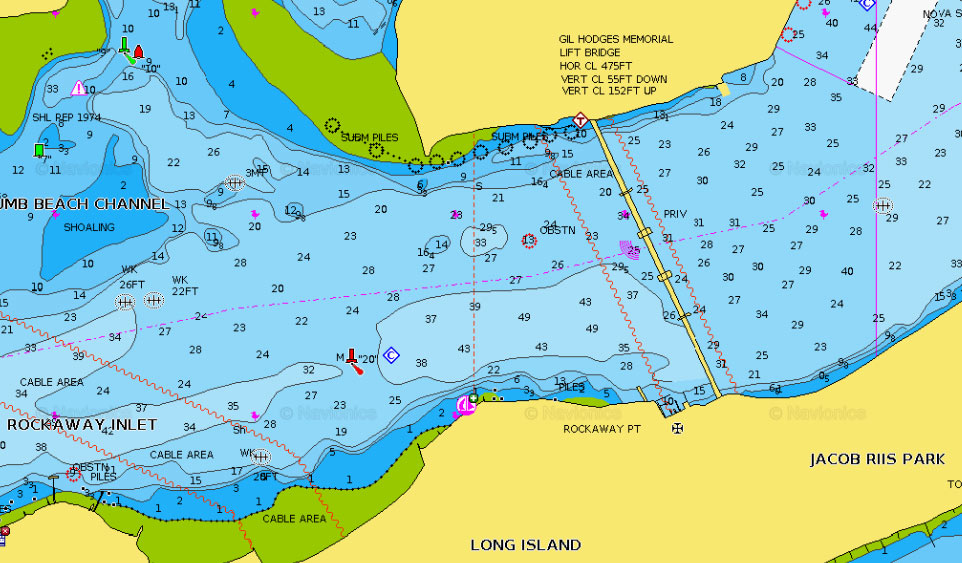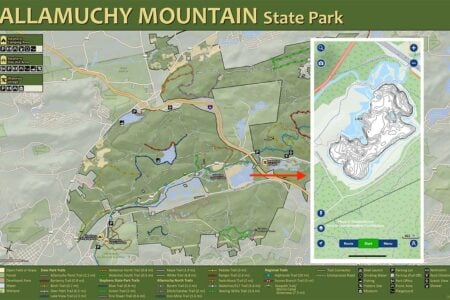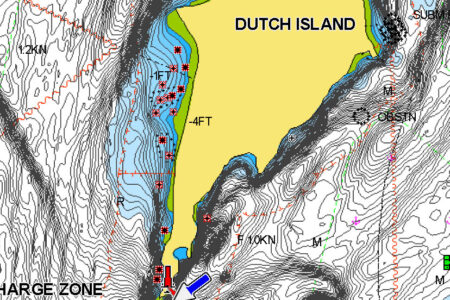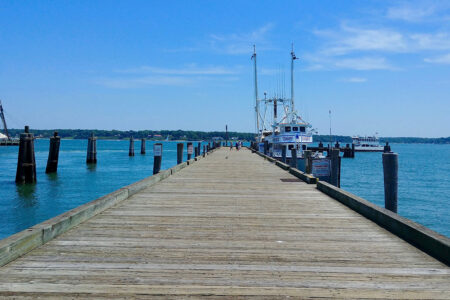
40° 34’ 24.4” N / 73° 53’ 5.8” W
Spanning the western complex of Jamaica Bay from Floyd Bennett Field in Brooklyn to Fort Tilden in the Rockaways, the Marine Parkway Bridge, also known as the Gil Hodges Memorial Bridge, sets the stage for some fine all around action on a variety of species through the course of the season.
Aside from affording prime structure, another main key to what makes this bridge so exceptional is that it is a migration center of sorts. Fish entering through Rockaway Inlet often pass the bridge to their intended destination. The same applies when the fish are looking to exit the bay. Aside from this fact, current breaks and ambush opportunities for species such as stripers, blues, weakfish and fluke are contributing factors as to why the bridge area is so attractive to these key species. The water depth surrounding the bridge ranges between 18 and 35 feet with the bottom consisting mainly of sand and some rocky fringes. Currents run swift through the area, and sinker bouncers can expect to employ up to 8 ounces of lead to hold bottom during peak current.
The action starts up by mid-April with striped bass taking advantage of the current breaks created by the stanchions and swift currents as baitfish like spearing and bay anchovies pass under the bridge heading for the creeks and canals for their annual spring spawn. Anglers braving chilly spring evenings tossing artificial baits such as Albino red tail Bass Assassins and Tsunami Swim Shads are often rewarded with quality stripers to 30-plus pounds. At about the same time, massive schools of moss bunker move into the area. Drifting live bunker or fresh chunks on 3×3 rigs will also put some impressive linesiders in the boat, particularly during the early morning hours.
The first week of May begins the attack of the yellow eyed monsters, better known as bluefish, which wreak havoc on the rubber and plastic baits intended for stripers. In reality, the first week or so that the bluefish move into the area it becomes quite difficult to get any baits to the bass, and it remains that way until the choppers scatter and spread throughout Jamaica Bay.
Early May also sees fluke and weakfish settle into the bay with the weakfish primarily just passing through, heading to the creeks and flats to spawn out, while fluke become a mainstay near and around the bridge. The fluke that come into the bay and pass under the bridge will range in size throughout the season depending upon the bodies of fish that move in from the nearby ocean. Some of those fluke are true bruisers weighing well into the double digits. Each season sees many of these doormats go unreported as local sharpies seek to keep their catches quiet and not draw attention to the area. Throughout the summer, 1- to 2-ounce Spro prime bucktails and soft bait jigs, as well as plain Jane rigs dressed with spearing, sand eels and squid do a number on the local fluke population. Long strips of squid or fluke belly on the bucktails boost the chances of connecting with a quality fish. As for tides, the first few hours of an ebbing tide produce the best results on most species that hold close to the bridge.
Along with the gamefish, fall action can be sensational with bottom dwellers such as porgies, sea bass, kingfish and blowfish. However, you have to anchor at some of the many pockets and holes around the bridge since anchoring near the abutments and stanchions remains prohibited as is fishing from the bridge. Since the Coast Guard Station is just a hop, skip and a jump from the bridge, the regulations are closely monitored and strictly enforced.




